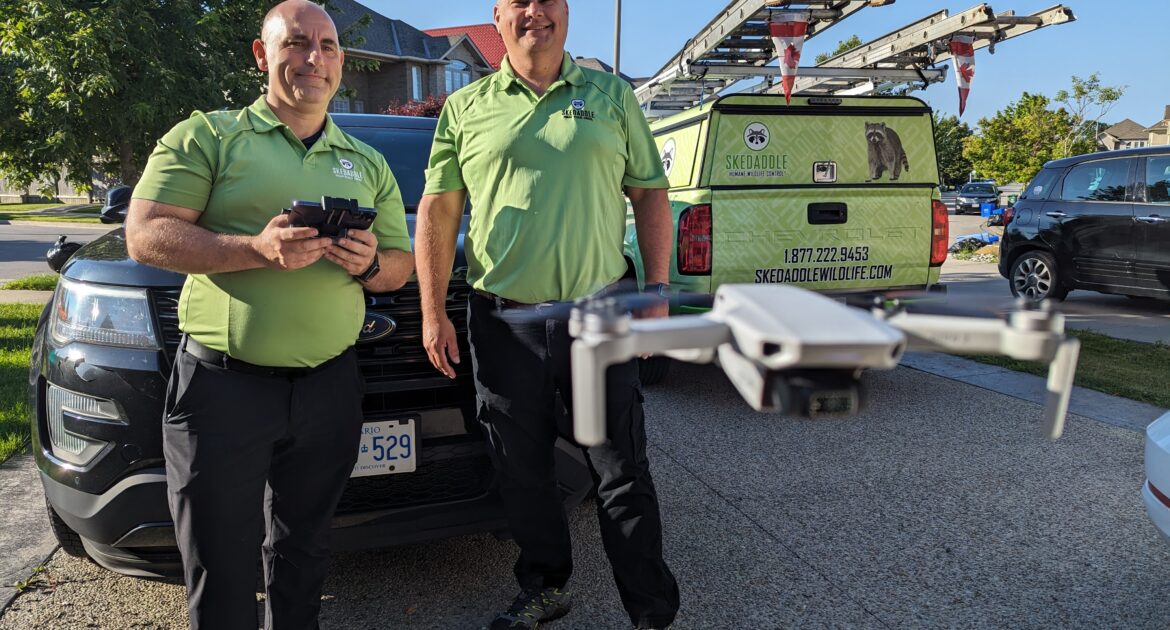While some people enjoy seeing wildlife on their property, you may have different feelings if the presence of the animals interferes with your life. Understanding how to get rid of wildlife is harder than it sounds, and attempting it yourself often harms the animals. Humane wildlife removal is the way to go, and it’s important to work with a company that understands gentle removal methods.
Skedaddle Humane Wildlife Control understands how important animals are to the ecosystem. We offer humane removal methods to promote coexistence. Here’s everything you should know about humane wildlife removal so you can make the best choice for you and your family.
Understanding Wildlife Removal and the Importance of Humane Practices
When different types of wildlife start destroying your property, it’s natural for you to want to remove the animals. Unfortunately, most common DIY methods simply kill the creatures and fail to address the real problem. Humane wildlife removal is a process that gets wildlife off your property while causing the least amount of stress and suffering possible. It involves the following practices:
- Detailed property assessment
- Hands-on removal
- Implementing exclusion practices
Benefits of Humane Wildlife Removal
Humane wildlife removal practices are important because they protect the animals while also caring for your needs. Instead of using poison or deadly traps to get rid of wildlife, humane removal involves safely allowing animals to leave, and excluding them from the home so that they are not able to get back inside.
Humane wildlife removal also involves ensuring no babies are left behind. The animals involved experience incredible stress if they are separated from their babies, and the young creatures often do not survive without their mothers around. Using hands-on methods, our technicians in Calvert County are trained to gently remove babies and place them in a warm baby reunion box outside of the home. After the removal, the mother squirrel can then take her babies to one of her alternative den sites in the area.
Skedaddle’s Process in Humane Wildlife Removal
Skedaddle has a long history of removing wildlife from homes in humane ways. When you call us for humane wildlife removal in Calvert County, we first assess your home and property thoroughly. We need to know which types of pests we are dealing with and what attracts them to your home so we can create a customized plan to remove them.
We then provide you with a written quote and answer any questions you have before beginning the removal process. After we get the animals out of your home, we help you implement methods to keep the pests from returning.
The Long-Term Benefits of Humane Wildlife Removal
Every species of animal plays a role in the ecosystem. If any population declines or flourishes, it throws off the delicate balance of nature. Too many predators devastate the population of smaller creatures like rats, bees, and spiders that play a large role in pest control and pollination. Too many prey animals decimate crops and vegetation.
Humane wildlife removal helps the environment by preserving the balance of the ecosystem. Instead of eliminating the local population of a particular species, humane removal methods simply allow the animals to return to their natural environment. The species can still thrive without posing any risk to your property.
Another long-term benefit of humane wildlife removal is that it addresses the problem rather than serving as a temporary solution. Using poison or traps to kill animals may deal with the problem temporarily, but it doesn’t keep the issue from recurring. Part of humane removal involves using exclusion methods to keep pests out of your home.
Call an Expert for Humane Wildlife Removal
When wildlife invades your property, humane removal is the best course of action for both you and the animals involved. Skedaddle Humane Wildlife Control has a team of experts who understand how to get rid of wildlife from raccoons and squirrels to rats and bats. Call us today to get help with humane wildlife removal in Calvert County.




